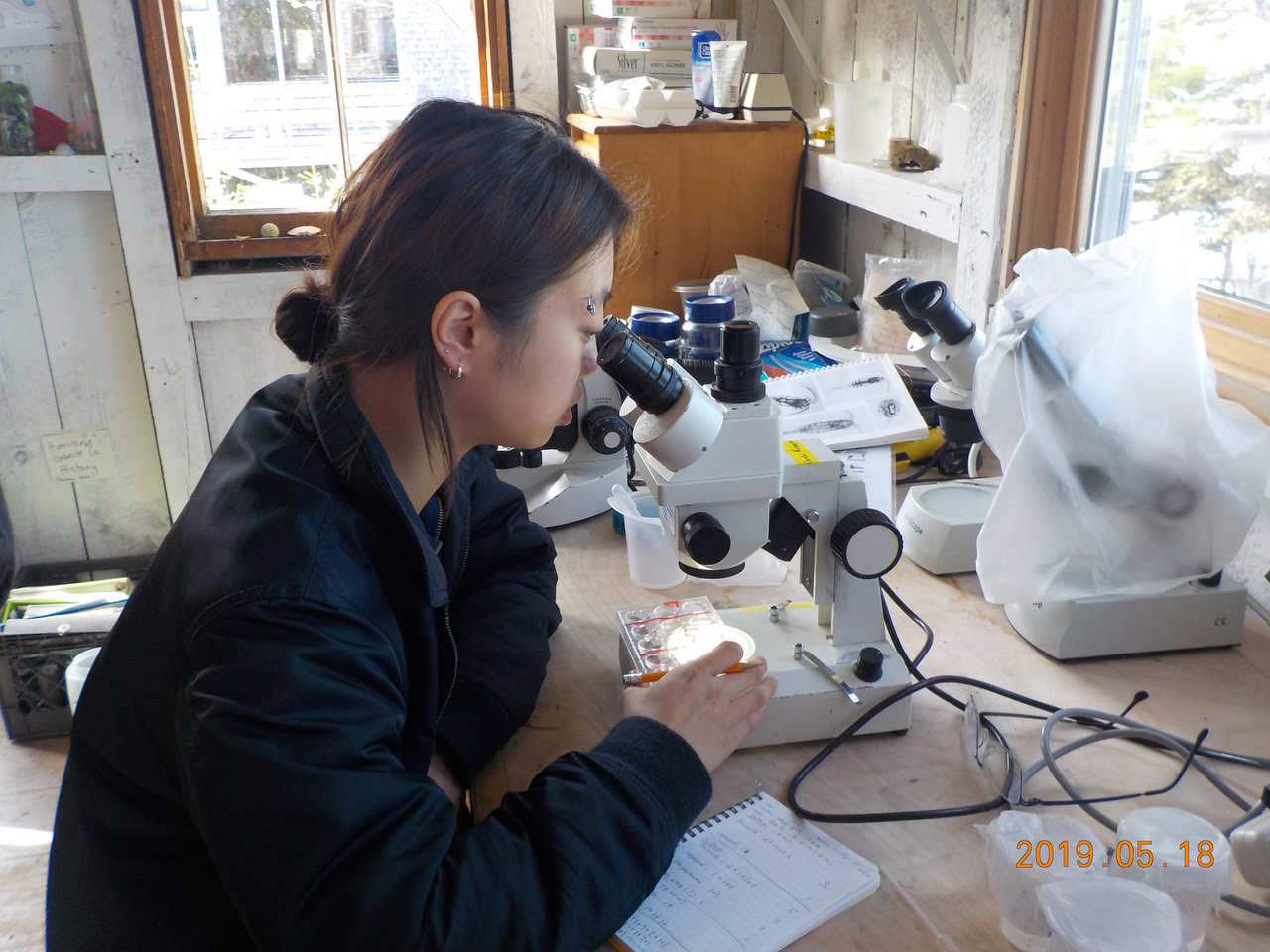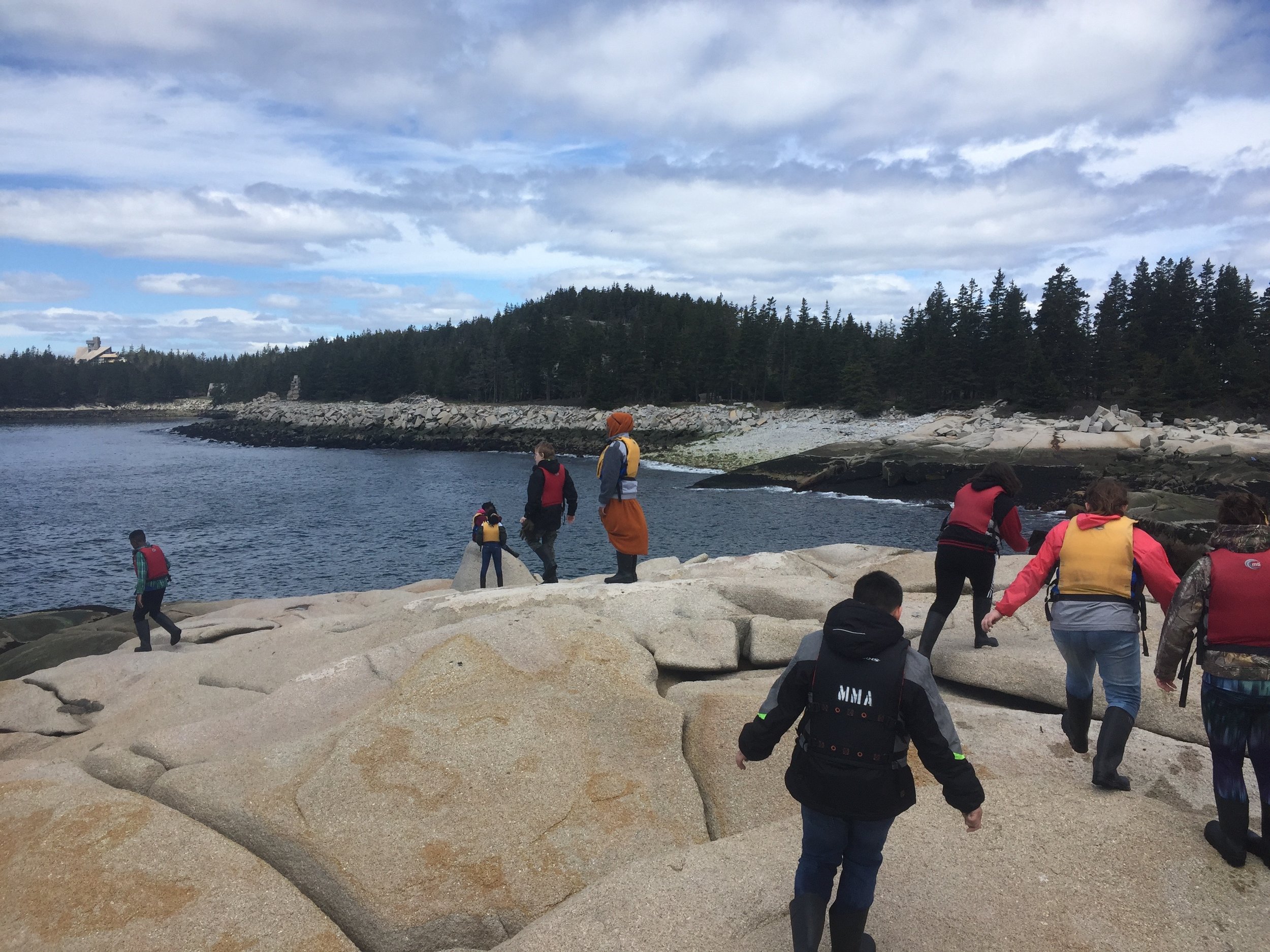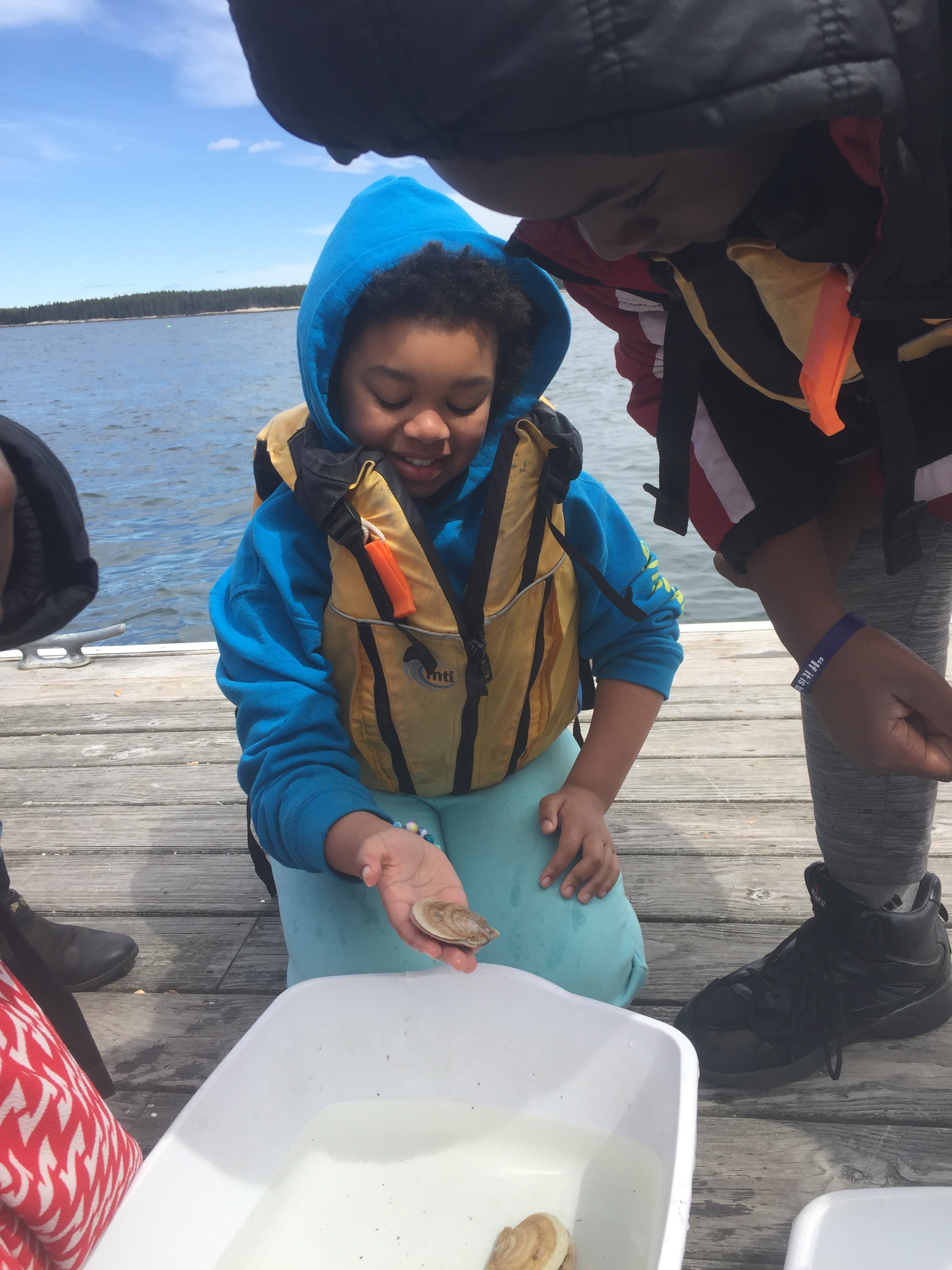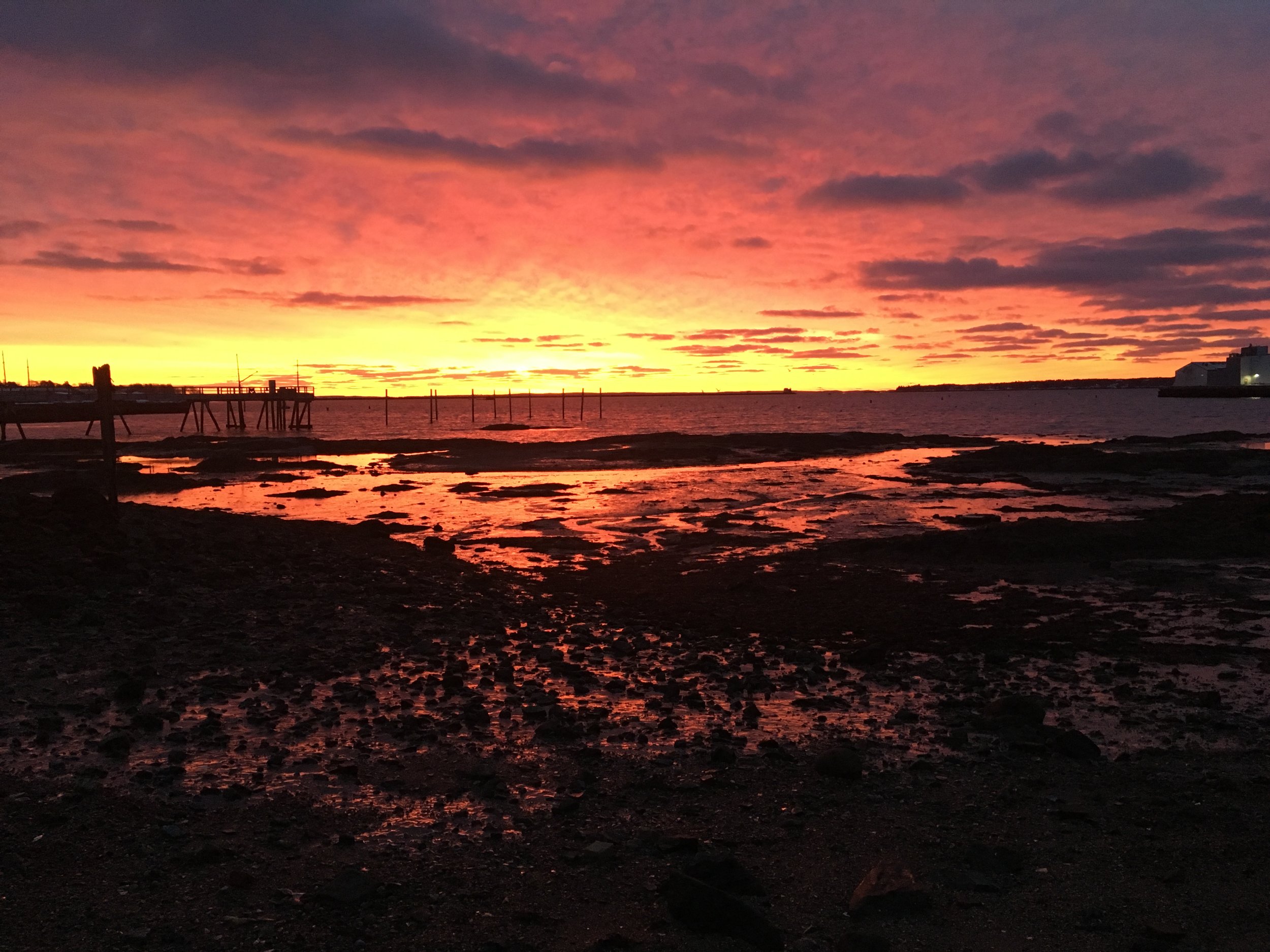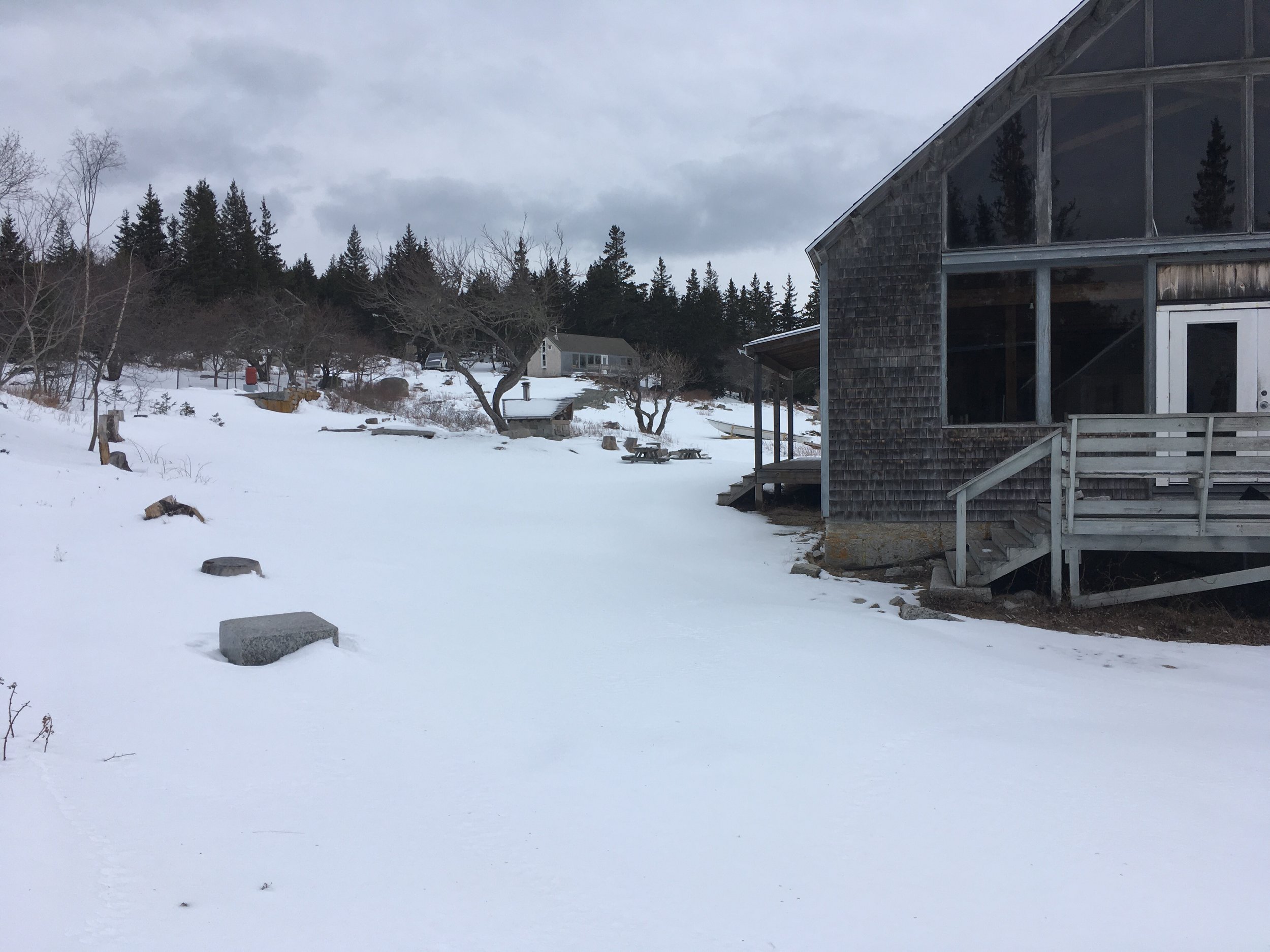Kayla is currently a senior in high school and is excited to study sustainability at Prescott College in Arizona. Read below to hear from Kayla about her project:
I wanted to update the Hurricane Island community of what I have been up to because I credit a lot of it to my time at Hurricane. I just finished building a greenhouse for my school community. I have been designing, fundraising, and building since September. I plan on using the produce that the greenhouse provides to give free and healthier food to my school lunches as well as give to the local food bank in my town. I am also using the greenhouse for future hands-on education in my school by creating a curriculum that will be used in the following years in our earth science (6th and 7th grade) and environmental science (12th grade) classes.
I am also beginning to built three vertical gardens that will be hung throughout my school to provide herbs, lettuce, and improved air quality. The idea to build vertical gardens I fully credit to Hurricane Island because when I went the year before last I was able to see the environmental group go through the process of building some of their own for the benefit of the community. The greenhouse I built also with the influence of Hurricane Island because at Hurricane I was able to experience how absolutely crucial it is to have hands-on learning to impact learners to see the importance of nature and keep a lasting memory of the experience of learning.
The hardest part of this project so far was the doubt I originally received. The general consensus at the beginning was that building a greenhouse was too ambitious and would require more skill, knowledge, fundraising, and time than I had. People suggested that a more reasonable goal would be to design the greenhouse blueprints, make a business plan, care for bees, or other things along those lines. It was difficult at first to have so many people against me when I had an idea I was very passionate about and knew I could do. After creating a budget and blueprints, I fundraised the money I needed thanks to the lovely community around me and good amount of strangers as well, then I asked for the help of my grandfather who had no doubts in my project at all. We started to build the greenhouse together. Although I definitely had people doubting me in the beginning I now have so many people that believe in me and my project and I feel very fortunate for that. I have received so many offers for help. I am connecting with a college professor to make a syllabus for classes next year, I was offered free soil from a local farmer who lives down the road from me, I was offered very cheap hay from another local farmer, I was able to speak with an architect who was interested in the greenhouse and looked over my original blueprints, the sustainably council at my school donated to my project without any push at all, I was able to go to a CISA (community involved sustaining agriculture) story time free of charge, and many school groups have offered to assist in planting starting this February. So getting the greenhouse project started was a little difficult but the end result just shows that when you are behind something you are passionate about amazing things can happen.
This is a part of my senior project (capstone) that my school requires of each student but I did take it a bit farther than the usual project. My school was fairly excited about the idea and there was never any question about if the greenhouse could be built but just where it could be built. Besides the school board allowing me to build the greenhouse on school grounds the rest has been an independent project. The school did not provide funds, or materials, or anything of that sort but just gave me the mental and physical space I needed for being able to turn my idea into something real.
I hope that Hurricane Island can keep being as impactful as it has been or me! I would love to visit the island this summer because I can’t imagine a summer without going! Hurricane always provided a reset in my mind and brought me back to thinking about what I loved each summer. I have dreamed of being able to spend a full summer on the island since the first day I was there! Thank you once again!”
This summer, Kayla will be back on Hurricane for two weeks to help us pilot our high school junior and senior internship program, and she’ll be focused on our gardens and sustainable food systems. We are thrilled to have her on the island once again!







